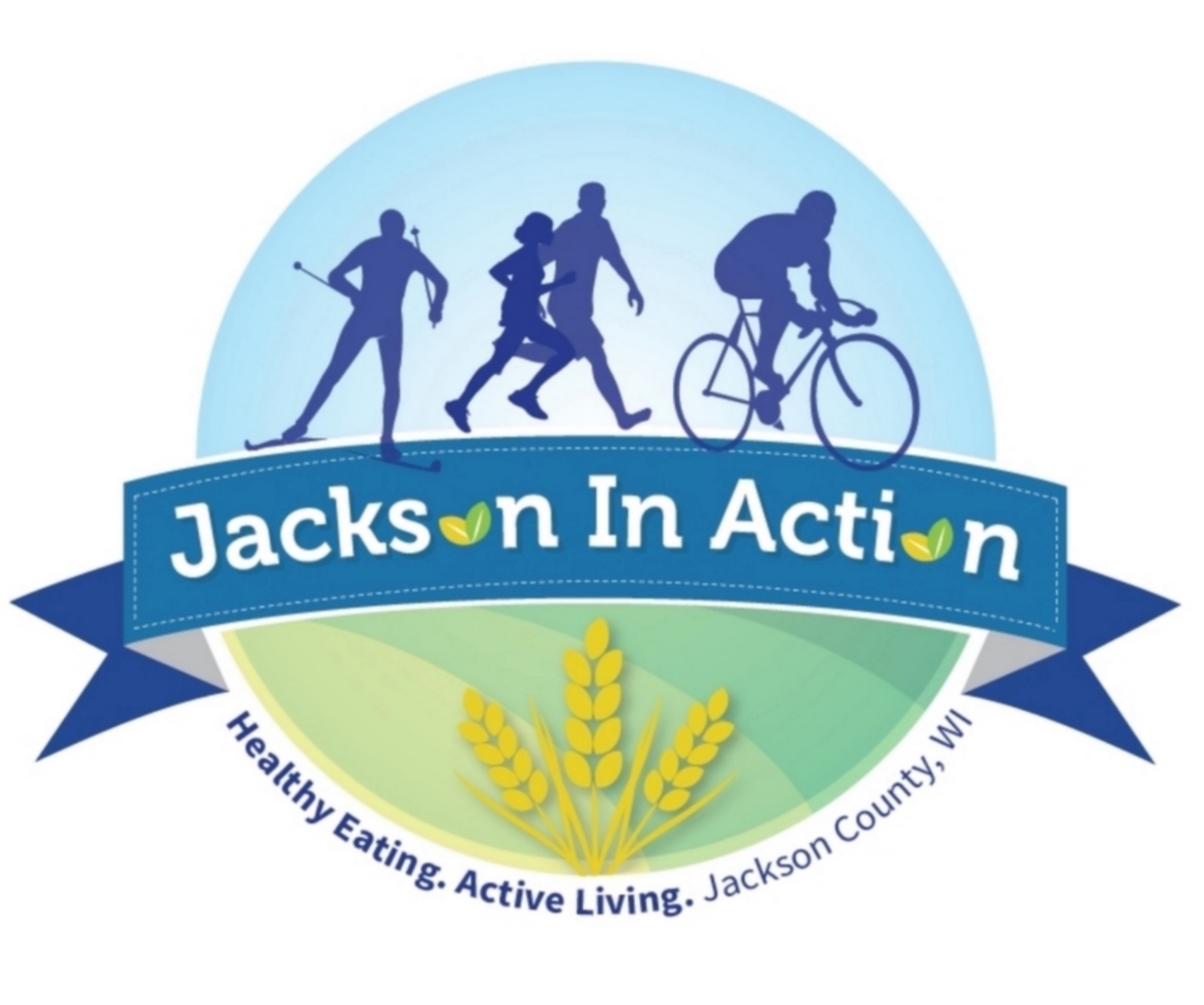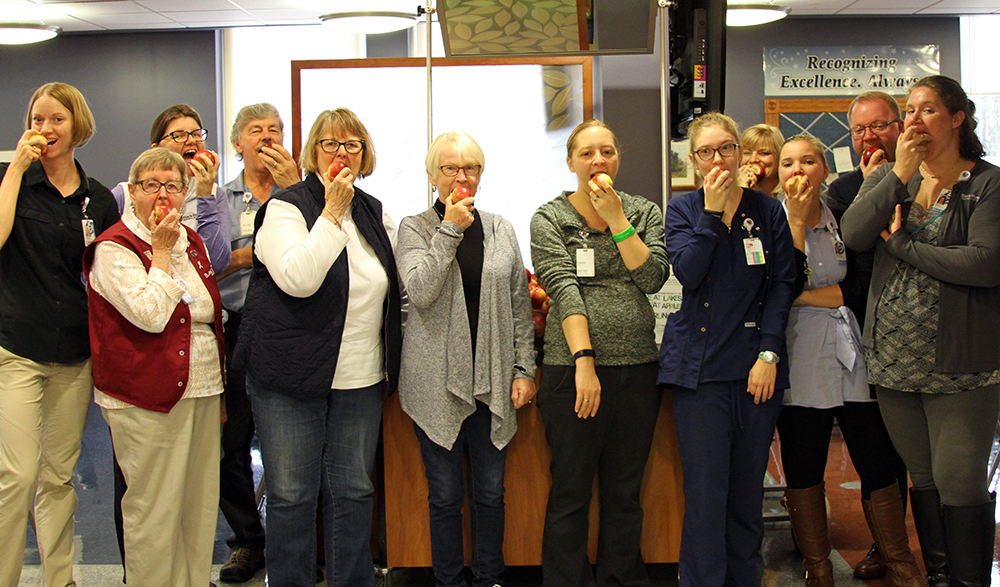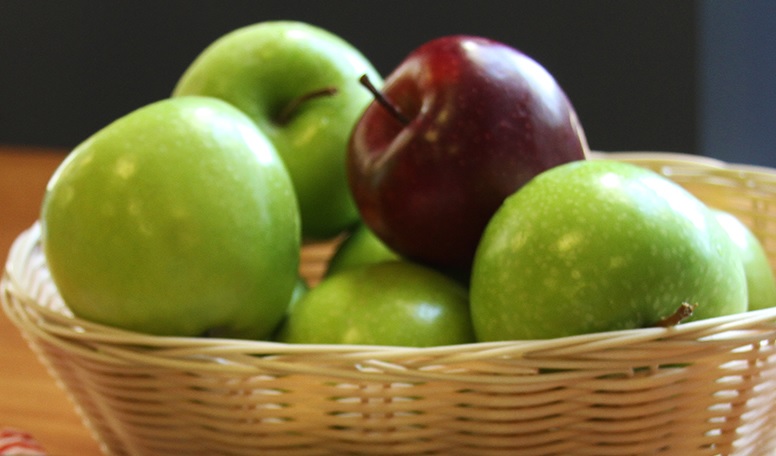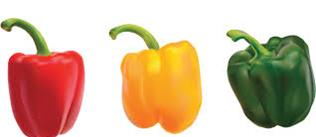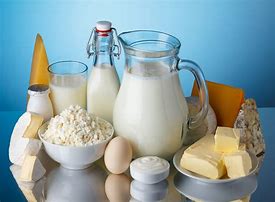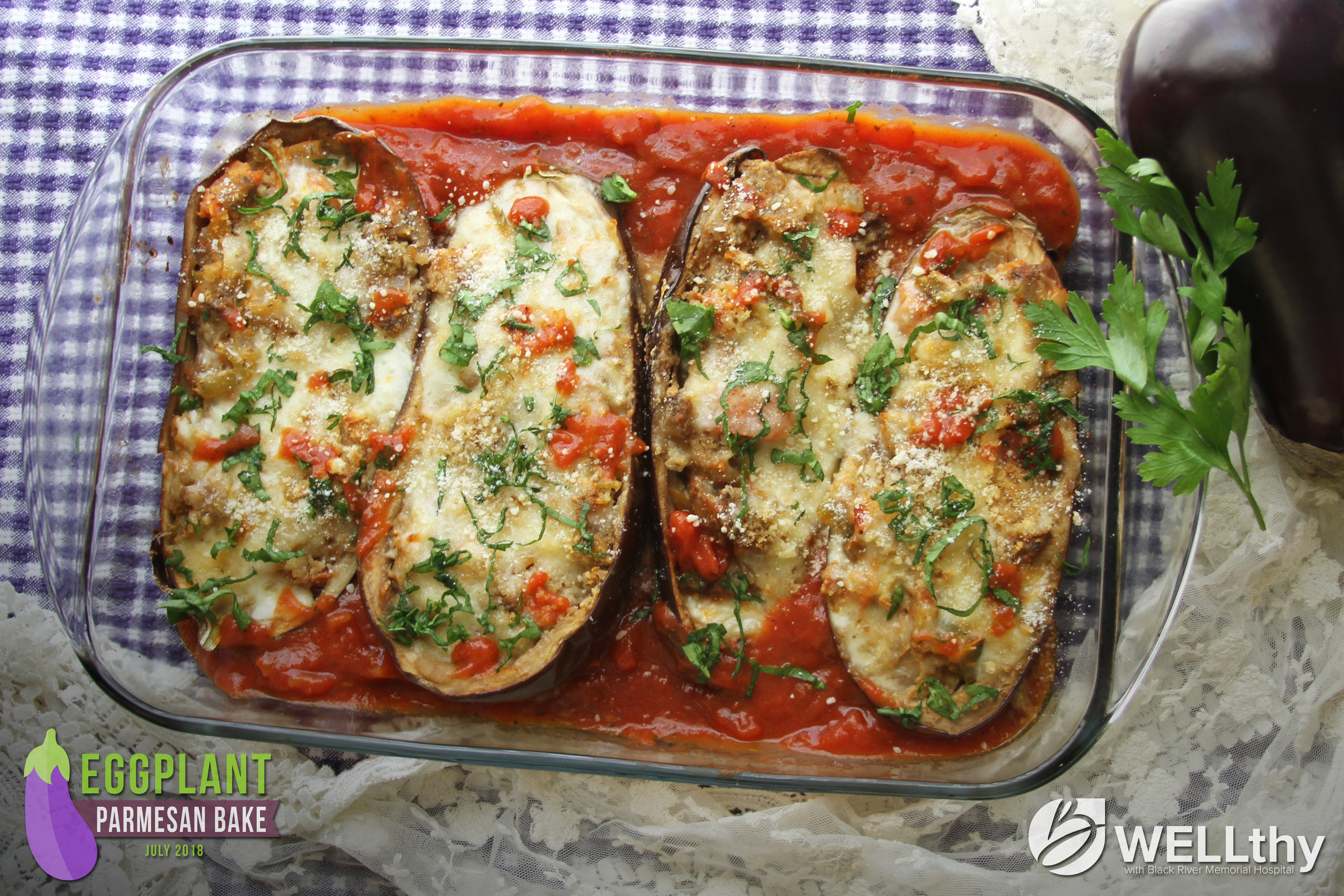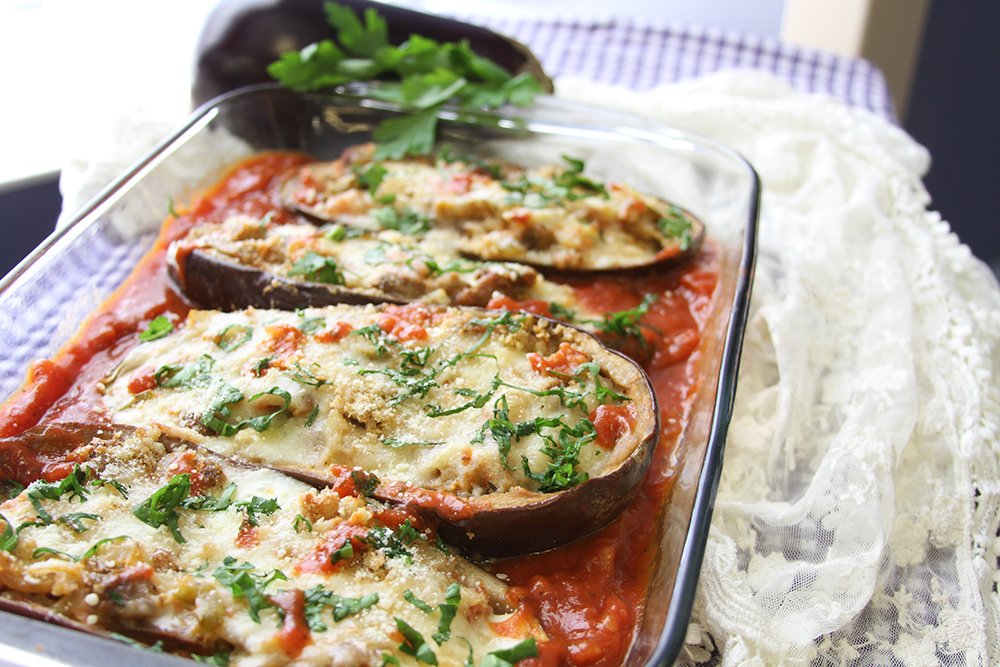Hunting is a time for family and friends to gather and enjoy their time together. Each fall hunters enter the Wisconsin woods and instead of finding their prey, they find themselves in a predicament regarding their health – namely heart attacks.
Research has shown that there is a connection between hunting and heart attacks. Keep in mind this risk is far greater for the person who does not exercise, is overweight and smokes. I will address those later in this article. Also, it is important to note that hunting does not “cause” the heart attack, underlying heart disease is the culprit. Our poor health is the gun and in this case, deer hunting is merely the trigger, just like snow shoveling could be the trigger. However, it is important to recognize that deer hunting is physically demanding and if you are in poor physical condition, it is even more demanding.
The connection between hunting and heart attacks has been called “Buck Fever” by researchers from William Beaumont Hospital in Michigan. In a two year study, researchers found hunting’s effects on the heart can exceed those of stress testing in a cardiac laboratory. The hunter can experience an adrenaline rush that causes the pulse to quicken (meaning more work for the heart), the breathing to increase and the body to become jittery. If the hunt is successful, the real work remains, gutting and dragging a prize which can weigh on average 100 to 200 pounds.
In their study, researchers recruited 25 hunters and strapped portable heart monitors with electrodes on their chests to record heart rate and activity while they stalked a deer. They asked the hunters to keep logs so they could correlate the monitor readings to specific actions – such as walking, sighting a deer, shooting, dragging and other activities. They found that the demands on the heart in hunting matched or exceeded those of the subjects’ treadmill tests. The most strenuous hunting activities researchers found were dragging deer and walking through the woods. But was so interesting is that just sighting the deer could double the heart rate in a matter of moments.
According to Dr. Melvyn Rubenfire, professor of internal medicine and director of preventative cardiology at the University of Michigan, adrenalin is the fight or flight hormone secreted by the body in times of alarm. It causes the blood to clot more readily and constricts the arteries, increasing blood pressure and the heart rate. The cold weather compounds this problem too. The sudden stress can lead to the rupture of plaque in artery walls which can result in a clot blocking blood flow – a heart attack.
So who is at highest risk for a heart attack? It is your basic weekend warrior. The person who does no exercise throughout the year and then suddenly picks up an 8 to 10 lb gun, wears heavy clothes and boots and tromps through the woods for 3 or 4 miles – a lot of stress for an out of shape body. The study results suggest that hunters who have been sedentary for most of the year or who have heart disease risk factors should be cautious and not overdo it. Risk factors for heart disease include high cholesterol, high blood pressure, smoking, diabetes, obesity and sedentary lifestyle. Regular exercise impacts each of these risk factors in a positive way, helping to lower them or prevent them in the first place.
A good way to lower your risk of having problems during hunting (or any other strenuous activity) is to get in better shape now, before hunting season. First, check with your MD before beginning an exercise program. Once approved, exercise guidelines suggest getting 3 to 5 days of aerobic activity in. This includes activities such as walking, biking, swimming or jogging. This helps your heart to get in better shape and lowers your risk of a heart attack. Regular exercise can lower your resting heart rate by 10 to 15 beats per minute and can lower your sub-maximal heart rate. What this means is that by being in shape, your heart rate will be lower when you are walking out in the woods – less work for the heart. Strength training should be done 2 to 3 times a week. This helps make you stronger which can make dragging that deer easier. Exercise and eating better can help you lower your weight which also lowers your risk. If you started a regular exercise program now, you could be in much better shape in as little as 4 to 6 weeks – it does not take much time for the body to adapt. You can also do yourself a favor by not smoking – it puts you at a much greater risk of having a heart attack.
There are some other things to look for while hunting or before you begin. If you and your friends are out hunting and anyone experiences chest pain, pressure in the chest, pain spreading to the shoulders, neck or arms, chest discomfort with lightheadedness, fainting, sweating, nausea or shortness of breath, stop and get help immediately. These are the signs of a heart attack. Do not try to “work through” the discomfort or deny your symptoms – that can be a deadly mistake. If you have been experiencing any of these symptoms you are advised to seek medical attention immediately.
Finally, there are some other tips to make your hunting experience safer:
- Take the time and get in shape
- Don’t smoke the day of hunting and don’t eat a heavy meal just before hunting – this puts more load on the heart.
- Remember to tell someone where you are going and when you will be back.
- Dress in layers so that you can remove clothing when you warm up – don’t let yourself get too cold.
- Take along water so you do not get dehydrated.
- Rest if you need to, work at a comfortable pace
- Get help to drag your deer to your vehicle and never drag a deer if you have coronary artery disease.
- If you have diabetes, be sure to carry a fast acting carbohydrate with you at all times (glucose tablets.
Hunting can be a safe and enjoyable experience. Get in shape now and lower your risk.
Submitted by: Kathleen Clemons, Exercise Physiologist, Ho-Chunk Nation.
